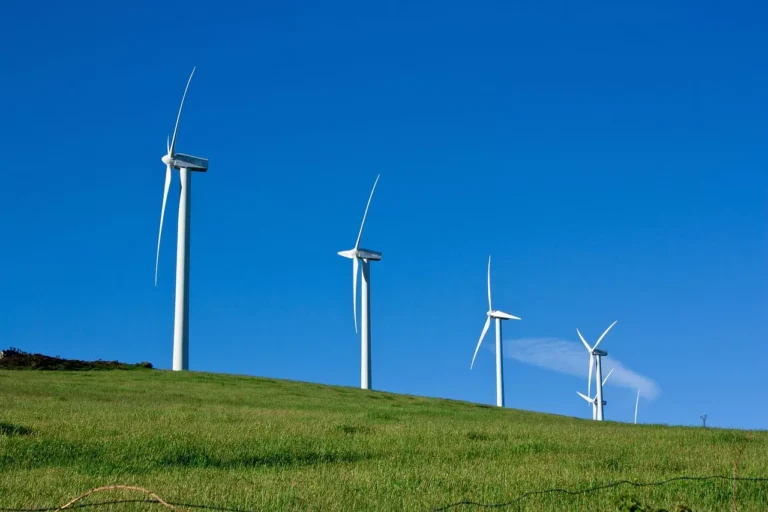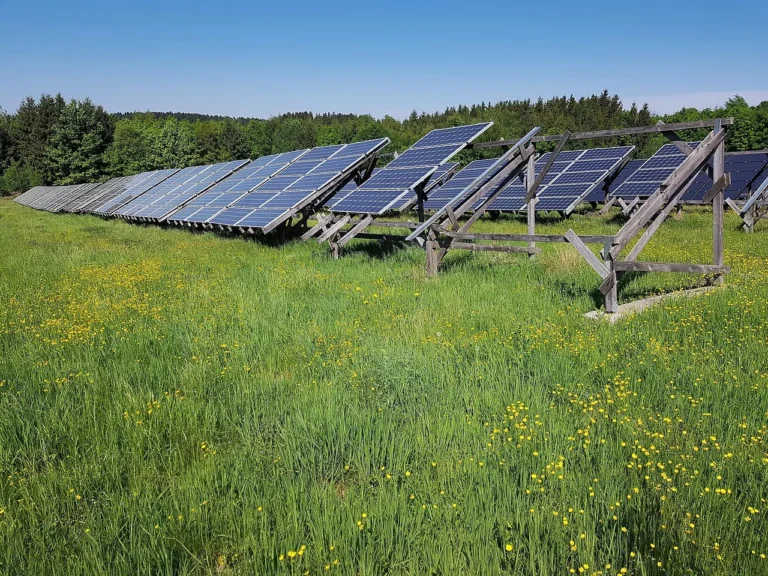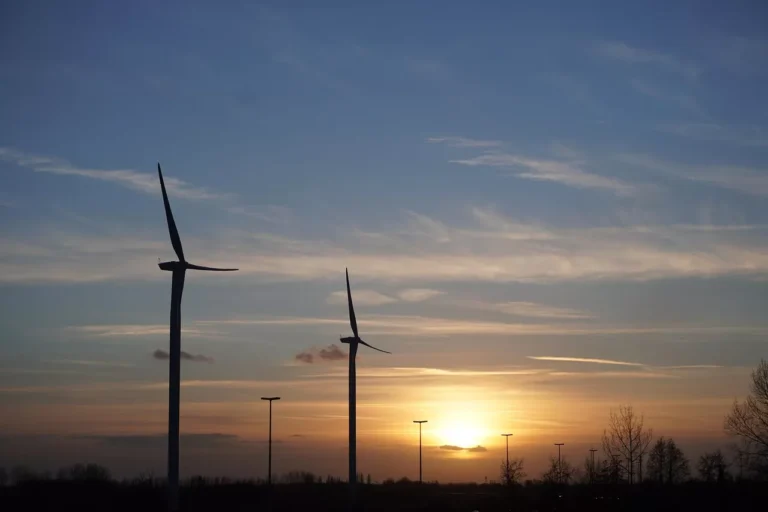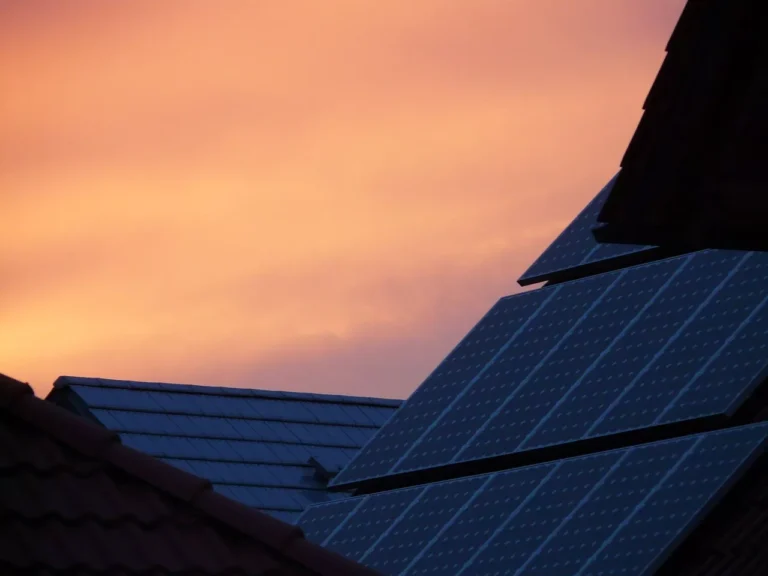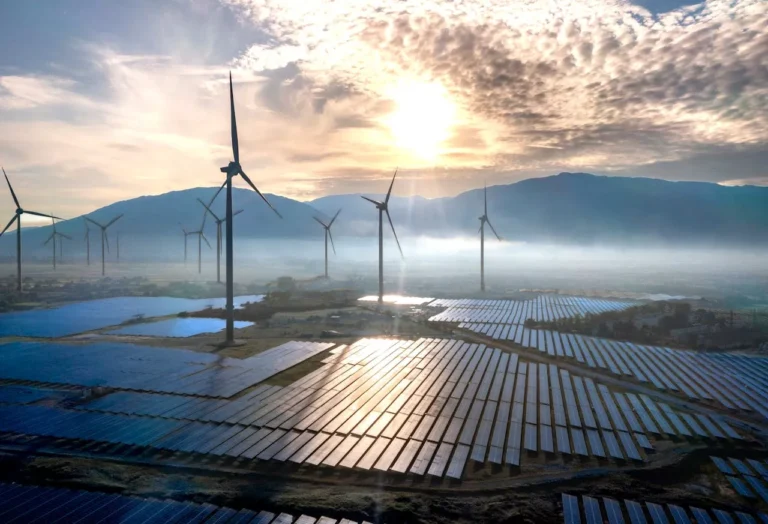
RWE Begins Expansion of Wiedenfelder Höhe Wind Farm to Boost Regional Renewable Capacity
RWE has officially commenced construction work to expand its existing wind farm at Bergheim Wiedenfelder Höhe in North Rhine-Westphalia. Located on reclaimed land from the former Fortuna-Garsdorf opencast lignite mine, the project represents a significant step in the company’s commitment to accelerating the energy transition in Germany.
The current Wiedenfelder Höhe wind farm was commissioned in 2017 and consists of four wind turbines with a combined output of 13.2 megawatts (MW). The new expansion involves the addition of three modern wind turbines, each with a capacity of 5.7 MW, bringing the total additional capacity to 17.1 MW. Once completed, the site will have a total capacity of 30.3 MW.
The construction of the new turbines follows RWE’s successful bid in the Federal Network Agency’s wind energy auction at the end of 2024. The company has now broken ground and aims to complete and commission the new turbines by mid-2026. Upon completion, the expanded wind farm will be capable of producing enough renewable electricity to power approximately 16,000 households — an increase of about 8,500 homes compared to its current capacity.
Supporting the Energy Transition with Local Benefits
“The Rhenish lignite region is particularly well suited for wind energy development,” said Katja Wünschel, CEO of RWE Renewables Europe & Australia. “With the expansion at Wiedenfelder Höhe, we are currently developing a total of 111 megawatts of wind energy projects in the area. These projects not only contribute to Germany’s climate goals but also provide direct financial benefits to the communities nearby.”
RWE’s commitment to local benefit sharing is reflected in its payment of 0.2 cents per kilowatt hour of electricity produced to the surrounding municipalities. For the expanded wind farm at Wiedenfelder Höhe, this is expected to translate into annual community revenue of up to €60,000 — funds that can be used to support local infrastructure, schools, or green initiatives.
Expanding Wind Capacity Across Germany
Onshore wind energy remains one of the foundational pillars of Germany’s renewable energy strategy, and RWE is playing a central role in its expansion. In its home market, RWE is currently developing onshore wind farms with a combined planned capacity of around 170 MW. As of now, the company already operates 642 MW of onshore wind capacity across Germany.
A significant portion of this growth is focused on the Rhenish lignite area, where RWE is developing 111 MW of new wind projects in locations such as Bergheim Wiedenfelder Höhe, Bedburg, and Aldenhoven. These projects build on an already strong base of 215 MW that has been installed in the same region, underlining the area’s growing importance in Germany’s clean energy landscape.
Strengthening Local Presence and Infrastructure
To manage and support its expanding portfolio of renewable energy projects, RWE has established a strong local presence throughout Germany. The company operates nine regional offices across the country, in addition to its corporate headquarters in Essen. These local hubs enable close cooperation with municipalities, landowners, and project partners, and play a vital role in accelerating project development and implementation.
As part of its long-term growth strategy, RWE continues to seek new opportunities across Germany for wind, solar, and battery storage projects. The company encourages landowners and municipalities interested in renewable energy partnerships to reach out via its website for more information.
A Path Toward a Greener Future
The Wiedenfelder Höhe wind farm expansion is just one example of how former fossil fuel sites can be transformed into sources of clean, sustainable energy. By reusing land previously dedicated to lignite mining, RWE is not only supporting the energy transition but also contributing to regional economic revitalization.
Through strategic investments, community partnerships, and a focus on innovation, RWE is helping to shape a greener and more resilient energy system — one that benefits both the environment and the people living in the heart of Germany’s former coal country.
As the world transitions away from fossil fuels, projects like Wiedenfelder Höhe underscore the potential for regions with industrial pasts to become leaders in renewable energy — and offer a blueprint for sustainable growth across Europe and beyond.





